

Date issued:2024-10-29
Spotlight on COP16 | “China Pavilion”Event V: The Side Event on "Promoting the multiple values of biodiversity enhances the well-being of local communities" was successfully held.
On October 25th, Colombia time, the COP16 "Promoting the multiple values of biodiversity enhances the well-being of local communities" side event, hosted by the Chinese Academy of Environmental Planning was successfully held at the Asia-Pacific Conference Center in Area 1 of the Blue Zone at the Cali COP16 venue. The meeting was divided into two sessions: the keynote report and the thematic report. The keynote report session was chaired by Dean Lu Jun of the Chinese Academy of Environmental Planning, with keynote speeches by Wang Jinnan, Honorary Dean of the Chinese Academy of Environmental Planning, Chairman of the Chinese Society for Environmental Sciences, and Academician of the Chinese Academy of Engineering, as well as Bernadette Fischler Hooper from the World Wildlife Fund. The thematic report session was chaired by Vice Dean Li Dihua of the College of Architecture and Landscape Architecture at Peking University, with four thematic reports invited from representatives of the United Nations Development Programme's China Office, the Sustainia World Environment Institute, the China Green Carbon Foundation, and the Environmental Planning Institute of the Ministry of Ecology and Environment.
Academician Wang Jinnan delivered a keynote report titled "Increasing Ecological Public Investment to Promote Wetland Biodiversity Conservation." The report focused on the "3030" targets set by the Kunming Framework and the urgent global need for a sustained increase in financial investment for biodiversity conservation. It introduced the actions and outcomes China has taken to steadily increase investment in wetland restoration and forest protection. In conjunction with the work on Gross Ecosystem Product accounting, the report highlighted the important supportive role of wetland restoration for ecosystem services. It proposed relevant countermeasures and suggestions from aspects such as increasing targeted investment to enhance ecosystem services, implementing targeted regional protection strategies, increasing investment to address climate change, and engaging community participation.
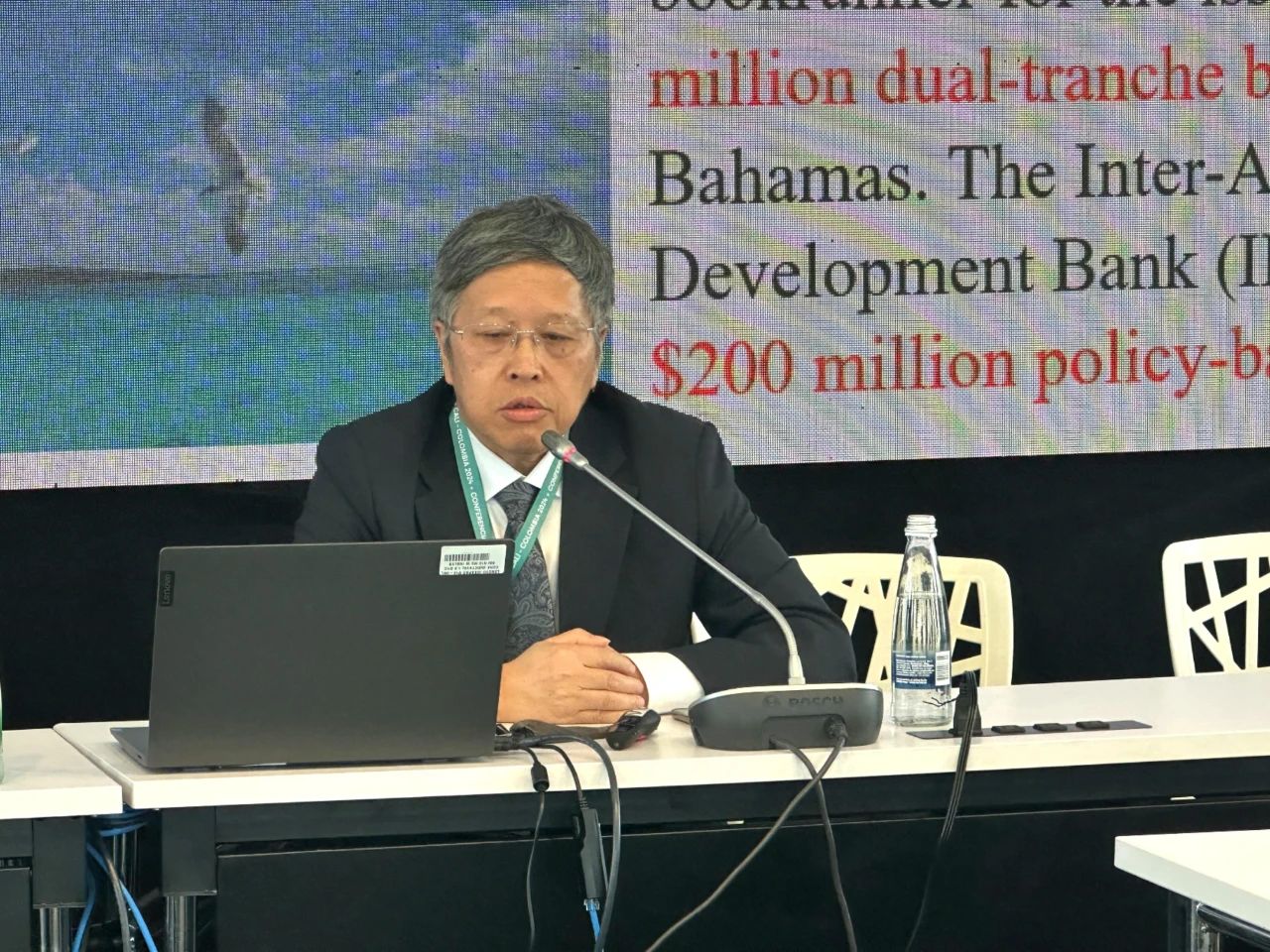
Academician Wang Jinnan delivered the keynote speech.
Bernadette Fischler Hooper from the World Wildlife Fund (WWF) presented a report titled "Overview of COP16 Resource Mobilization," discussing the issues that urgently need to be addressed in global biodiversity conservation resource mobilization, related to the Convention on Biological Diversity (CBD) resource mobilization topics, COP16 negotiation topics, and other non-negotiation topics. The report also looked forward to COP16 reaching a consensus decision on the establishment of a diverse biodiversity fund in line with the goals of the "Kunming Framework."
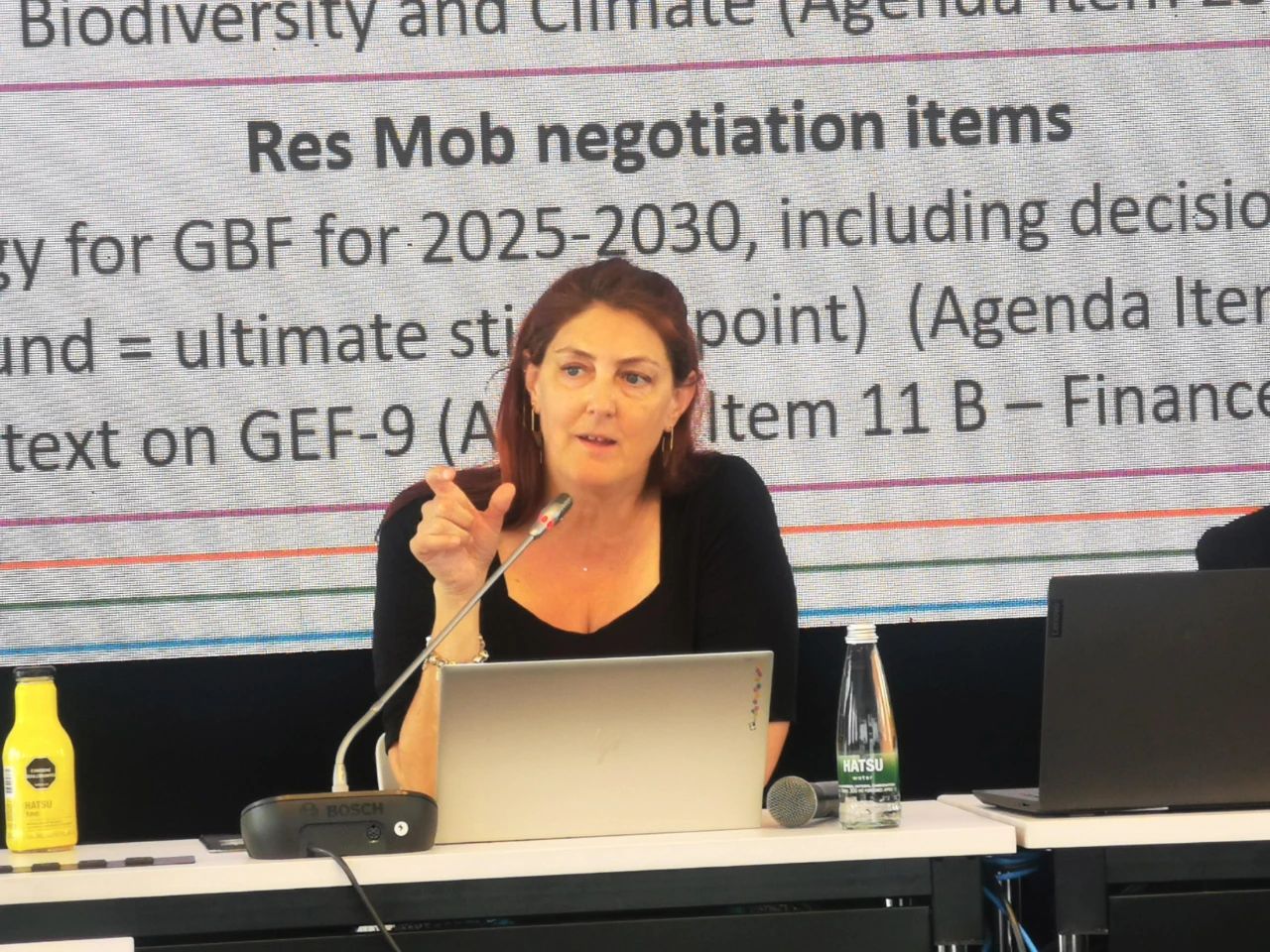
WWF Bernadette Fischler Hooper
Ms. Leng Fei, the United Nations Development Programme (UNDP) Resident Representative in China and the Biodiversity Finance Initiative (BIOFIN) National Coordinator, delivered a keynote report titled "Progress and Outlook on International Biodiversity Conservation Financing and Investment". She introduced the requirements and plans of the "Kunming Framework" regarding resource mobilization and financial mechanisms, as well as the operational mechanisms and development status of BIOFIN, showcasing the current methods and applications of international biodiversity financing to the audience.
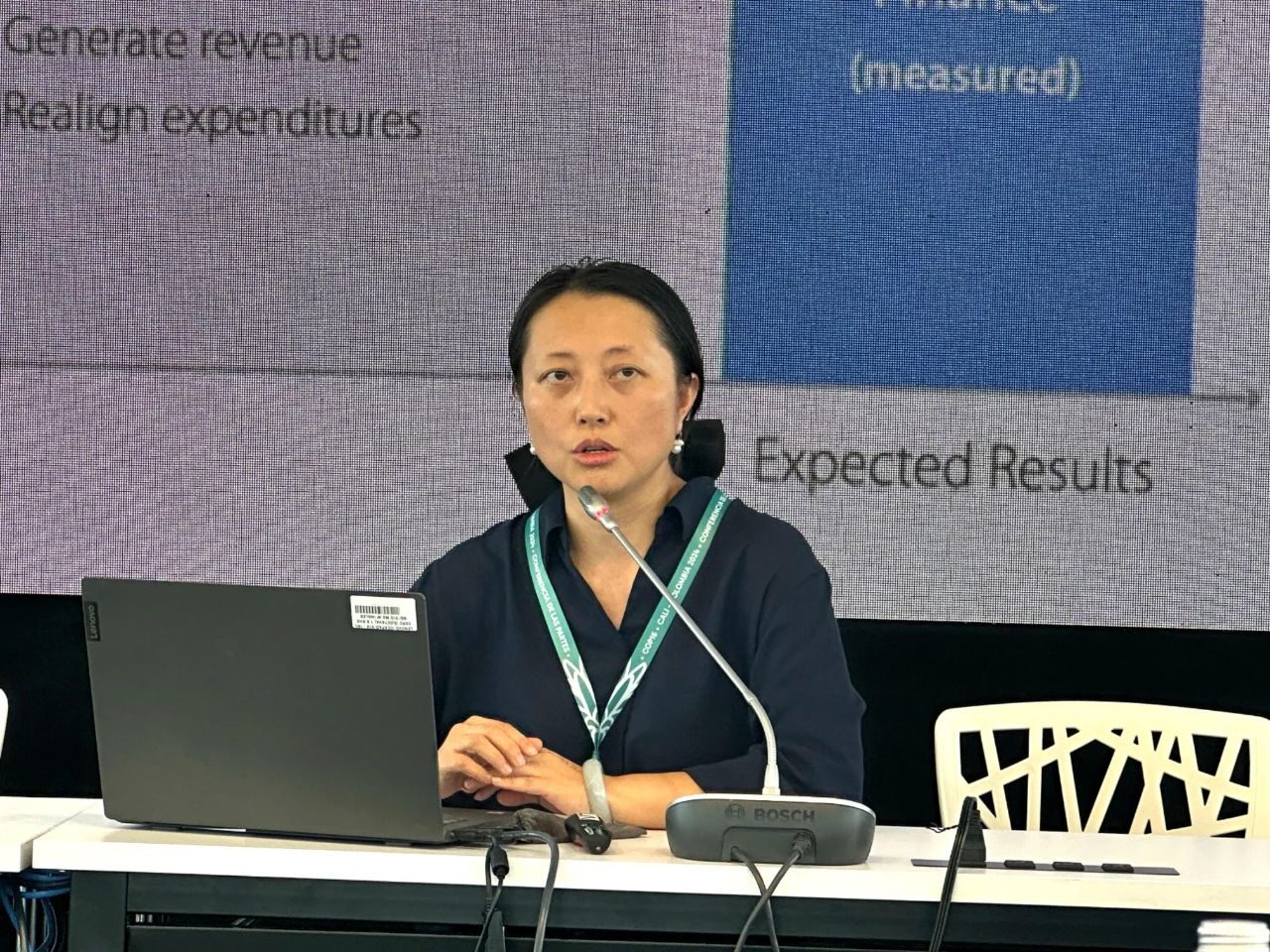
United Nations Development Programme (UNDP) China Representative Office, BOFIN National Coordinator Leng Fei
Senior Engineer Cheng Liangzheng from the Chinese Academy of Environmental Planning delivered a report titled "Progress and Outlook on Biodiversity Conservation Financing in China". The report outlined the current state of financing for biodiversity conservation in China, highlighting the challenges such as significant funding gaps, imperfect market investment mechanisms, inadequate mechanisms for converting ecological products, and low investment willingness from financial institutions. It also proposed countermeasures and suggestions from aspects including fiscal funds, market-oriented investments, development of green finance, and expansion of public welfare funds.
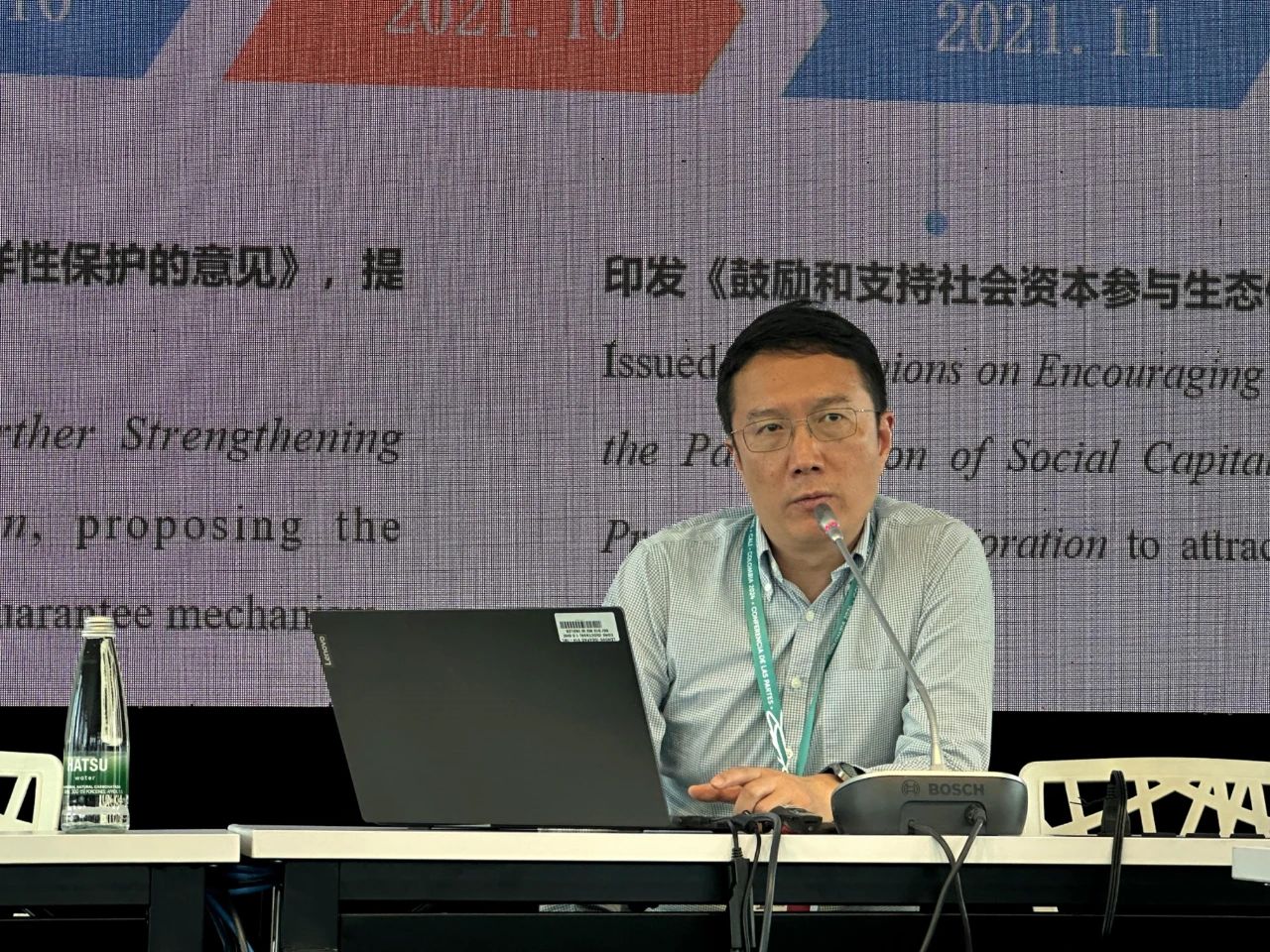
Senior Engineer Cheng Liang, Chinese Academy of Environmental Planning
Dr. Wang Qian from the Global Environment Institute (GEI) delivered a keynote report titled "Paths and Barriers for Social Organizations' Participation in Nature Conservation Areas - From the Perspective of Funding". The report elaborated on the status of social organizations supporting biodiversity conservation from aspects including their role in conservation governance, current status and participation barriers, exploration of participation paths, and specific case studies.

Dr. Wang Qian, Global Environment Institute (GEI)
Deputy Secretary-General Hou Yuanqing of the China Green Carbon Foundation delivered a keynote report titled "Broader Mobilization of Social Public Welfare Funds and Resources to Support Biodiversity Conservation: Chinese Practices and Prospects." The report introduced the China Green Carbon Foundation, as a public fundraising foundation, and its cooperation cases in promoting carbon neutrality, addressing climate change, and biodiversity conservation, including collaborations with CICC Public Welfare, SF Forest, and Ant Forest, as well as its exploratory practices in forest management and urban ecosystem carbon sink innovation projects.
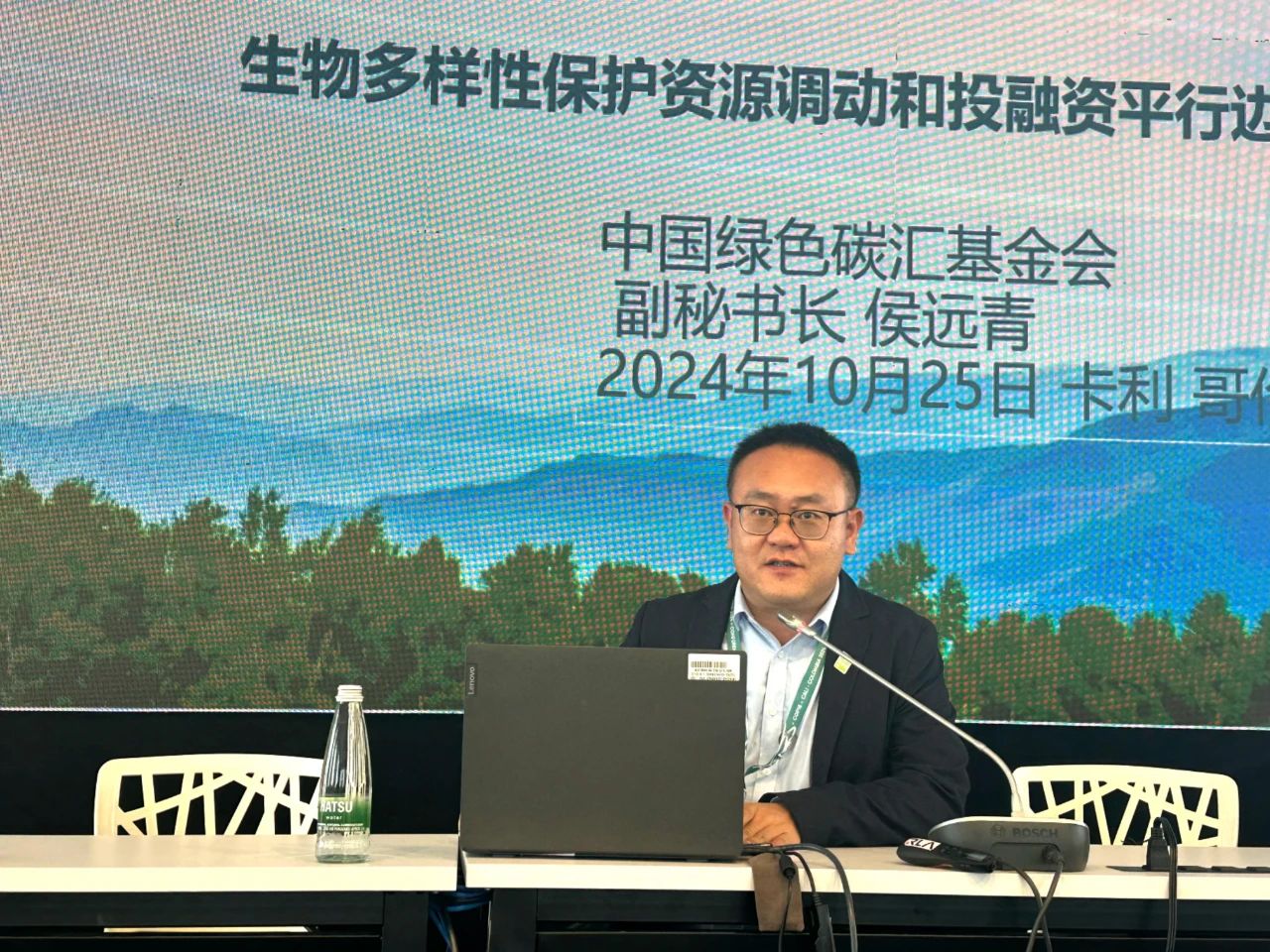
Deputy Secretary-General Hou Yuanqing of the China Green Carbon Foundation.
President of Chinese Academy of Environmental Planning, Lu Jun summarized by pointing out that several excellent reports at the conference, ranging from global practices to the current status and policy evolution of biodiversity financing and investment in China, and then to specific project communities' sources of biodiversity conservation funding and resource mobilization, as well as practical cases, provided different perspectives for solving the current challenges in biodiversity financing and investment.
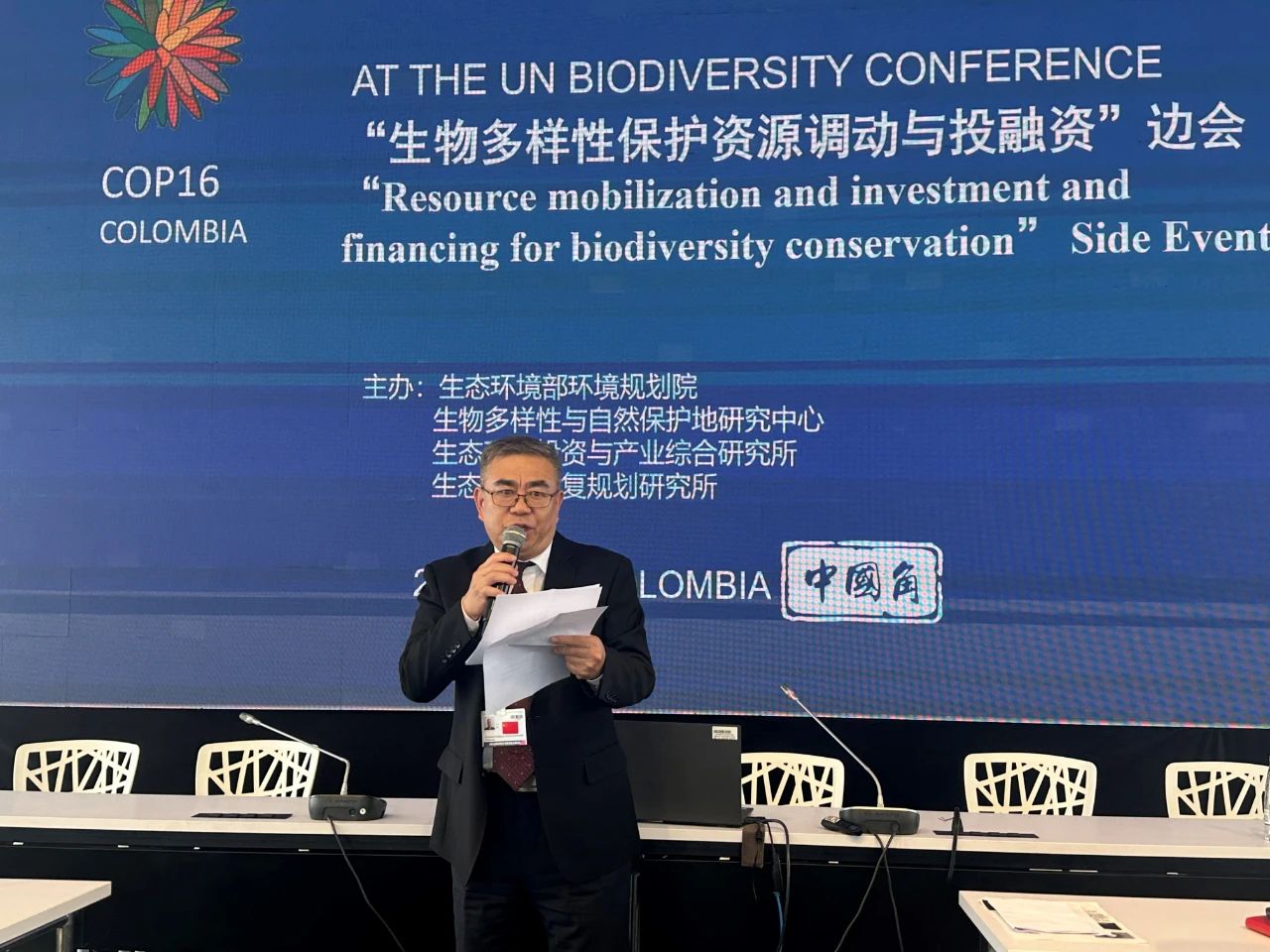
President of Chinese Academy of Environmental Planning, Lu Jun delivered the concluding remarks.
In response to the practical difficulties of a lack of funds for ecological environment and biodiversity conservation, the Chinese Academy of Environmental Planning has innovatively proposed the development of the fourth industry of ecological products, the promotion and implementation of the Ecological Environment-Oriented Development (EOD) model, and the advancement of biodiversity value accounting and the realization of the value of ecological products. This supports enterprises in carrying out biodiversity conservation projects, achieving economic benefits through ecological compensation and carbon trading, and synergistically addressing biodiversity loss and climate crises. The aim is to support high-quality development with high-level protection, promote the transformation of "green water and green mountains" into "gold mountains and silver mountains," and this approach has been widely promoted and applied in many regions, yielding good results.
Biodiversity investment and financing under the Kunming framework is a complex and multi-level process involving policy formulation, fund-raising, technological innovation, and international cooperation. It requires the joint efforts of all parties to mobilize available resources and provide stable financial support for biodiversity conservation, in order to achieve sustainable global biodiversity protection and utilization. We look forward to more financial institutions, enterprises, and investors joining the action of biodiversity conservation, exploring and innovating investment and financing mechanisms together, and collaborating to contribute to the future of our planet.
representatives from R&D and International Cooperation office, Institute of Ecological Conservation and Restoration, and Institute of Environmental Investment & Industry, attended the meeting on site. In addition, representatives from relevant departments and affiliated institutions of China's Ministry of Ecology and Environment, international organizations, universities and research institutions, enterprises, and non-governmental organizations also participated in this side event.
 Comments
Comments




 Home
Home

 京公网安备 11010702002483
京公网安备 11010702002483